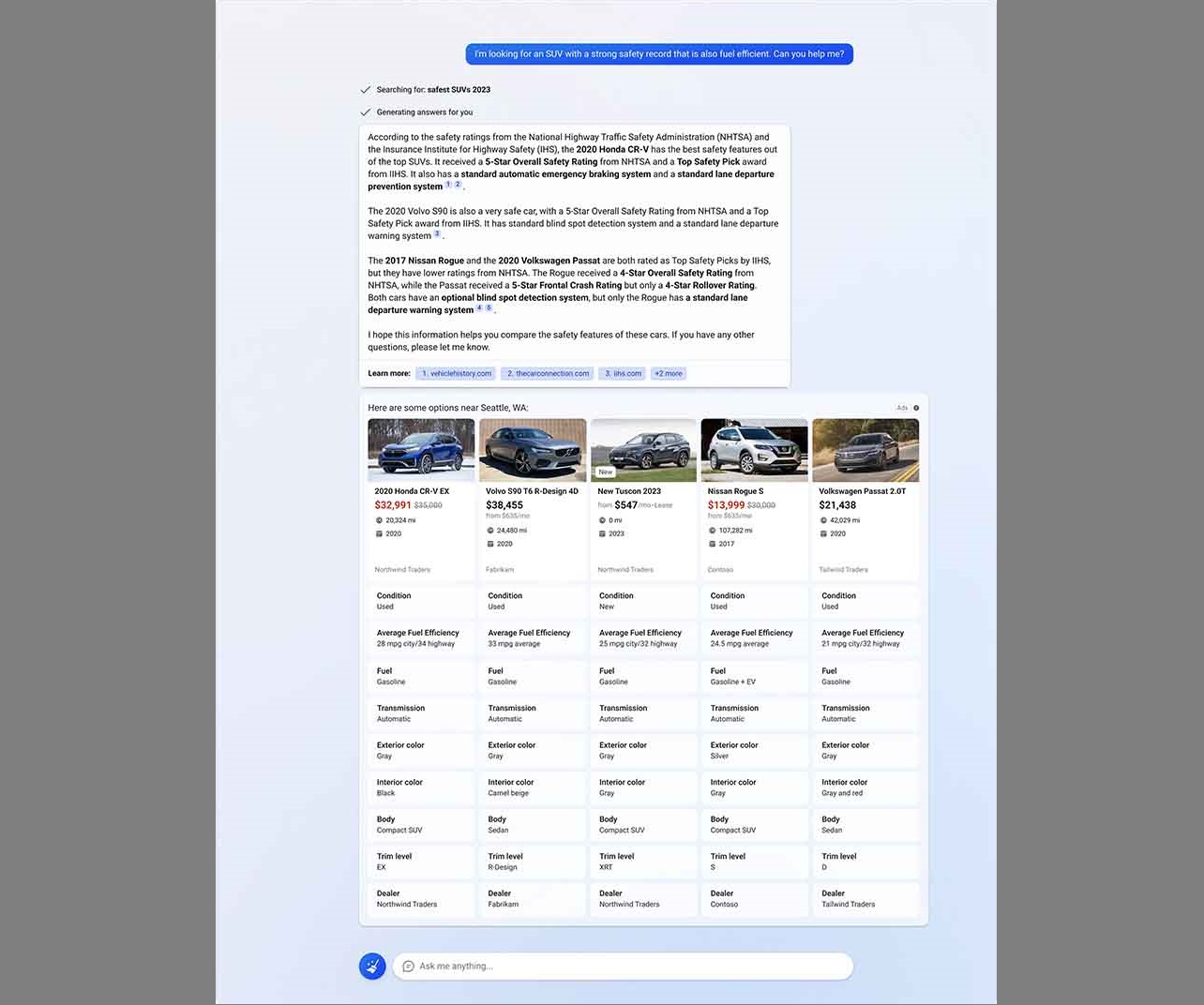When selecting the right tool for collaborative tasks, comparing Zuv against prominent alternatives like Microsoft Teams and Google Meet is essential for informed decision-making. This comparison focuses on core features, performance, and use cases.
Core Feature Comparison
Key features differentiate Zuv from competitors, addressing aspects like scalability, integration, and security. Below is a breakdown of standout capabilities:
- Video Conferencing: Zuv offers HD-quality with up to 500 participants, matching Teams but exceeding Meet's 250-limit for Enterprise plans.
- File Sharing and Collaboration: Teams integrates deeply with Microsoft 365 for real-time co-editing, while Zuv relies on third-party APIs. Meet simplifies sharing via Google Workspace.
- Security Protocols: Zuv employs end-to-end encryption by default, providing an edge over Meet's optional encryption. Teams offers compliance with GDPR and HIPAA, making it stronger for regulated industries.
- User Interface and Accessibility: Zuv features an intuitive mobile app with background noise suppression, whereas Teams and Meet excel in cross-platform consistency.
Strengths and Weaknesses Analysis
Evaluating pros and cons helps identify optimal scenarios:

- Zuv: Excels in scalability and privacy, with no caps on meeting duration. However, limited ecosystem integrations can hinder workflow automation, and advanced analytics require premium tiers.
- Microsoft Teams: Ideal for enterprise environments with robust admin controls and custom app support. Downsides include steeper learning curves and higher resource consumption on devices.
- Google Meet: Best for cost-effectiveness in education and SMBs, offering seamless scheduling via Calendar. Weaknesses involve fewer webinar tools and potential latency in low-bandwidth conditions.
Decision: When to Choose Which Tool
Based on features, prioritize tools for specific contexts:
- Opt for Zuv if prioritizing security and large-scale virtual events, such as global webinars or sensitive meetings. Its encryption and participant limits make it superior for high-stakes environments.
- Choose Teams for Microsoft-centric organizations needing end-to-end productivity suites. It is optimal for daily teamwork with SharePoint and Power Automate integrations.
- Select Meet for budget-conscious teams focused on simplicity and G Suite compatibility. Use it for ad-hoc calls and collaborative learning with minimal setup.
Ultimately, Zuv stands out for specialized security and scale, while alternatives like Teams and Meet offer broader ecosystems. Always test tools against your operational requirements for the best fit.






